Are milia a cause for concern?
Milia are small white bumps that appear on the skin. They’re usually grouped together on the nose, cheeks, and chin, though they may appear elsewhere. They develop when skin flakes become trapped under the surface of the skin, according to the Mayo Clinic, or when keratin builds up and gets trapped.
Milia occur most often in newborn babies. In fact, 40 to 50 percent of newborn babies have milia on their skin within a month of being born, according to one 2008 review. But milia can also affect children, adolescents, and adults.
Milia almost always resolve on their own without treatment. However, there are a few things you can do to help speed up the healing process and prevent more milia from forming. Keep reading below to learn more.
1. Don’t pick, poke, or try to remove them
If milia on your face or your child’s face are irritating you, don’t pick at the affected area. Trying to remove milia can cause the bumps to bleed, scab, and scar. Scraping the skin can also introduce germs to the area. This can cause infection.
In the case of babies under 6 months old, the best thing to do for milia is to leave the bumps alone. If the bumps are concerning you, see your child’s pediatrician.
2. Cleanse the area
Make sure you’re washing your face with a gentle, paraben-free soap each day. Any soap that isn’t mild will strip your face of the oils it needs to stay balanced and healthy.
After washing, pat your skin dry instead of letting it air dry. This will help prevent your skin from chafing or drying out.
3. Steam open your pores
After cleansing, you may find it beneficial to steam open your pores to further remove irritants.
One way to do this is to:
- Start by sitting in your bathroom with the shower running on a hot setting. The room will fill slowly with warm steam.
- Sit in the steam for 5 to 8 minutes. The steam will gently open up your pores, releasing skin flakes or other irritants that may be trapped underneath.
- After sitting in the steam, turn off the shower and wait a few minutes. Pat your face dry, and rinse with lukewarm water to wash away any irritants before you step out of the steamy room.
4. Gently exfoliate the area
Gentle skin exfoliation might help keep your skin free of irritants that cause milia. Some exfoliating agents keep the keratin in your skin from overproducing. Look for cleansers that contain salicylic acid, citric acid, or glycolic acid.
Exfoliating too much can irritate the skin, so you don’t do it every day. Start by using an exfoliating cleanser once a week and see if it improves your milia.
5. Apply a Manuka honey mask
Manuka honey is an antimicrobial agent that can help reduce inflammation. Both bacteria and inflammation lead to skin irritation, so a Manuka honey mask may help soothe your milia.
Manuka honey can be found at most supermarkets and health food stores. It contains properties that ordinary commercial honey doesn’t have.
One clinical study showed that honey mixed with cinnamon bark extract was especially effective in combating bacteria that cause acne. Milia aren’t usually caused by bacteria, but a honey mask with cinnamon extract might still improve the look of your skin.
To apply a Manuka honey mask:
- Mix together 3 or 4 tbsp. of Manuka honey with about 1 tbsp. of cinnamon.
- Microwave the mixture for about 30 seconds.
- Apply a thin layer of the mixture to your face and feel the soothing effect for up to 10 minutes before rinsing.
6. Spritz some rose water
Rose water is demineralized water that contains rose oil. Rose oil can be an anti-inflammatory agent when applied to your skin.
Spritz some rose water over the affected areas two or three times a day and see if the milia improve. Be careful to avoid your eye area. Rose oil might irritate it.
7. Try a facial peel
Facial peels that contain exfoliating ingredients may also help, but be careful. Using a facial peel that’s too strong for your skin can cause more milia to appear.
If you’ve already been using facial peels as part of your self-care routine, it’s probably safe to continue doing so. It might even help clear up milia. If you can, stick to peels that have salicylic acid or glycolic acid.
But if you’re new to facial peels, don’t use them just to get rid of milia bumps. Your skin might be sensitive to the ingredients in a facial peel. This can worsen milia.
8. Use a retinoid cream
Some researchers recommend topical retinoid creams to get rid of milia. Retinoid creams contain vitamin A. This vitamin is essential to the health of your skin.
Use any product that contains retinol just once per day. Put it on when your face is scrubbed clean and dry. When using a retinoid cream, it’s essential to use a sunscreen daily. Retinoid creams make your skin more susceptible to skin damage caused by sun exposure.
9. Opt for a light facial sunscreen
You should already be wearing a sunscreen every day to protect the skin on your face from ultraviolet rays. An additional benefit of the right sunscreen can be a decrease in skin irritation that causes milia bumps.
Look for a sunscreen specifically designed for use on the face. Make sure the sun protection factor (SPF) is 30 or higher. If you’re very fair, consider using a product with an SPF of 100.
The most skin-friendly sunscreens will have mineral oil as their base as opposed to other oils that may clog the skin. Read the ingredients of your sunscreen carefully to make sure it doesn’t contain anything you’re allergic or sensitive to.
When to see your dermatologist
Most milia bumps really will resolve on their own after a few weeks. If you have recurring milia outbreaks, or if your milia don’t go away, you may need to see a dermatologist.
Sometimes a dermatologist will use a tiny needle to remove the milia manually. This will quickly heal the affected area.

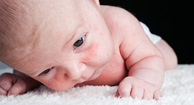
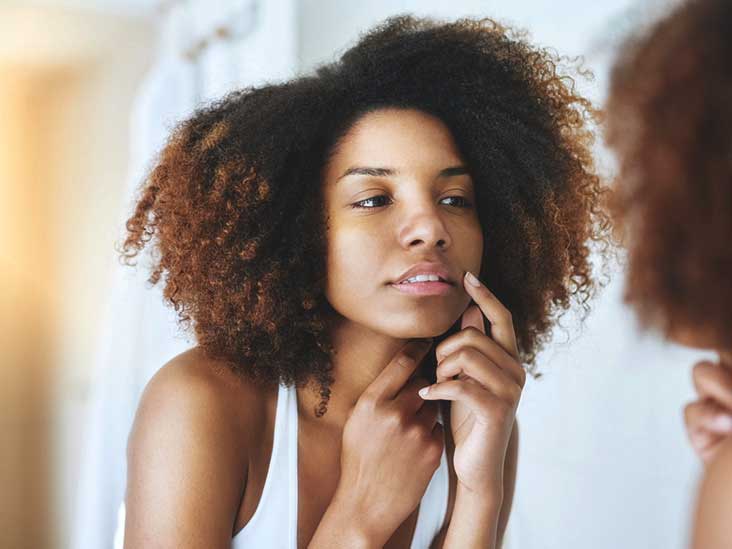
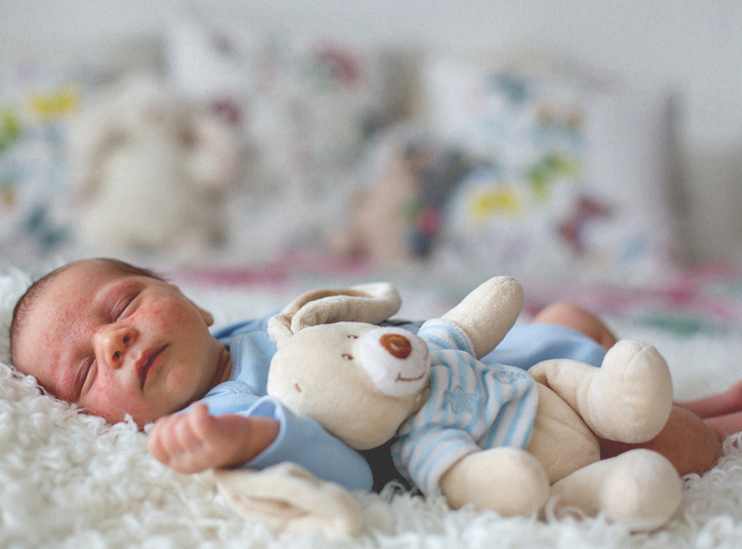
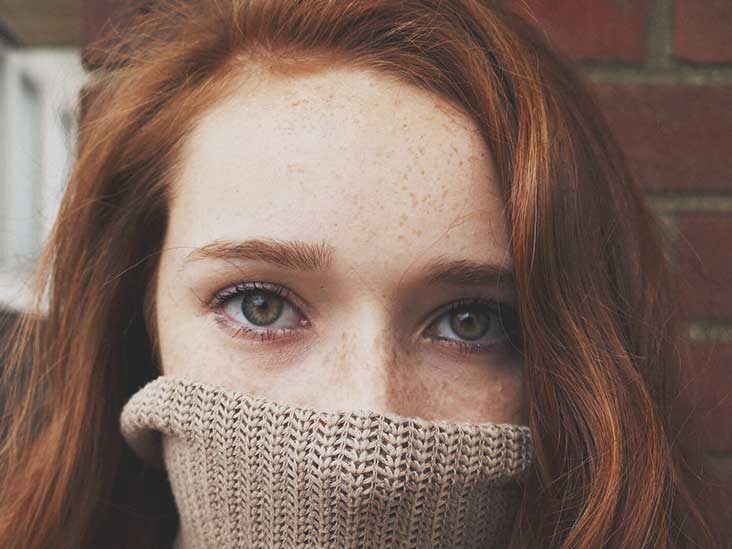
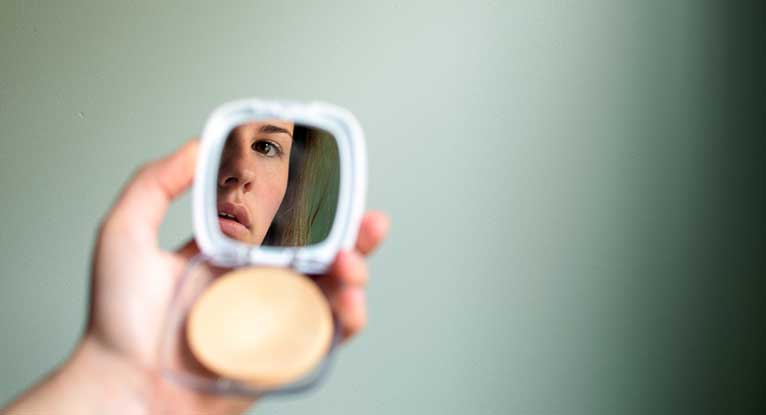


Tidak ada komentar:
Posting Komentar